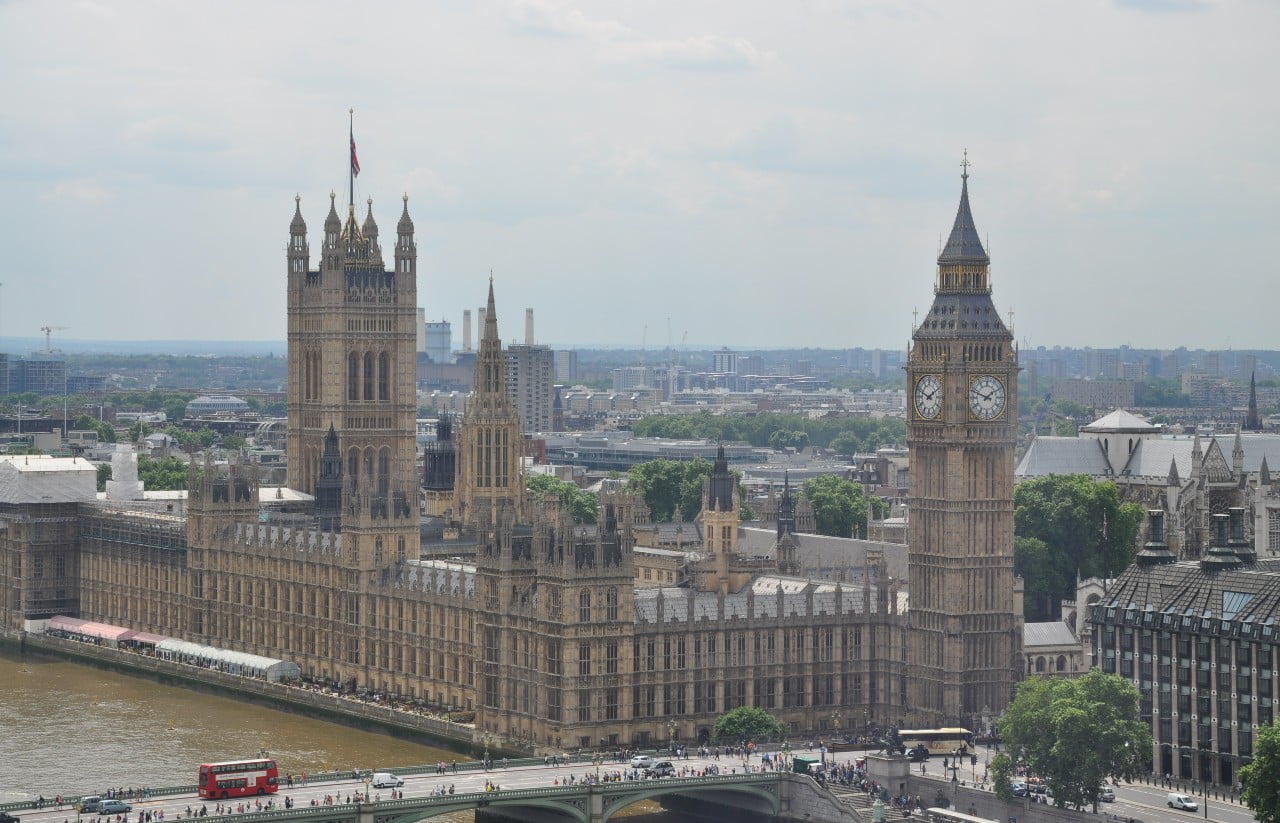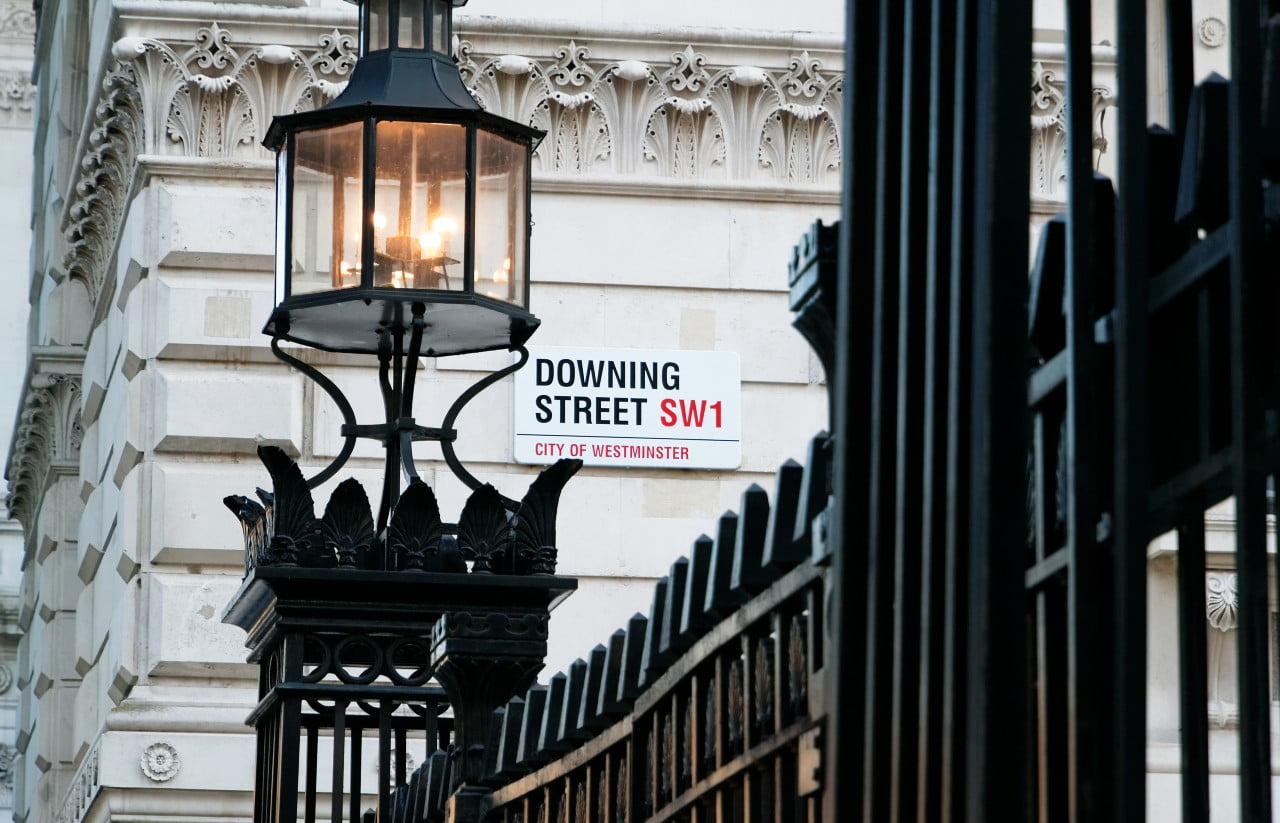The much-anticipated Autumn Statement on 17 November is going to be crucial in laying out the government’s economic approach for the next few years. Rishi Sunak has already committed to a ‘low tax, high growth’ economy, and the Chancellor, Jeremy Hunt, promises to create confidence and stability in the UK economy, whilst lowering debt – a challenging balancing act.
What can we expect in the upcoming Autumn Statement, and what measures do we believe the PM and his Chancellor should focus on to achieve short-term (and long-term) growth?
Tax cuts
It seems clear that the tax cuts briefly promised by Liz Truss and Kwasi Kwarteng are not going to happen and, in all likelihood, we will all end up paying more tax rather than less for the next few years.
Corporation tax
We already know that the corporation tax rate is set to increase from 19% to 25% on 1 April. The question is what else will be done to business taxes?
One suggestion is a scaling back of the currently very generous R&D tax credit regime. A recent report commissioned by the government illustrates that for every £1 of tax relief, the large company RDEC scheme generates more investment by businesses that the more generous SME scheme. We may therefore see a scaling back or even abolition of the SME scheme. Much of this has been fuelled by abuse of the scheme by a minority of unscrupulous businesses and advisers and it is unfortunate that this could spoil the relief for those using it legitimately to fund much needed R&D.
Income tax
To achieve the sort of tax increases that we need to get the national finances back on track, only income tax, National Insurance and VAT are big enough taxes to make a difference quickly. Changing the rates of these taxes would mean breaking the triple lock, a core manifesto pledge. It remains to be seen whether the Prime Minister and Chancellor are brave enough and have the political backing to do that.
What is probably more likely is an extension of the fiscal creep approach which we have already seen Rishi Sunak apply when he was Chancellor, by further extending the freeze on income tax rate thresholds. Meaning that more and more taxpayers will be dragged into paying tax and moving up into higher tax rate bands over the next few years.
We could also see some increases in dividend tax rates. We already know that the health and social care surcharge, which has been abolished for earnings, will remain for dividends. The question is whether the chancellor will take that a step further and choose to add further to dividend tax rates.
Support for hospitality – cut to VAT?
Although the government have previously recognised the damage caused to the hospitality industry throughout the pandemic, the cost of living and energy crises may be the final straw for many businesses that have barely recovered from the forced closures over the past two years. A reintroduction of the 5% reduced rate of VAT could go some way to support the hospitality industry through the Winter. Whether that will happen remains to be seen.
Capital gains tax
Whilst capital gains tax provides only a small part of the overall tax take, we periodically see debate about whether rates will increase, which in turn provokes a flurry of activity and business sales.
Rumours are currently circulating that the Chancellor may choose to increase the headline rate of capital gains tax or that he may choose to tweak, restrict or possibly even abolish the principle private residence exemption which currently exempts gains on selling your main residence from tax. If so, it may be that there is a window of opportunity before changes taking effect on 6 April, although that could have a challenging impact on the property market if property investors or second home owners rush to dispose of them before tax rate changes take effect.
The UK energy market
As we all know, the government needs to fix the UK energy market. Part of that solution in the short term is ensuring businesses are less reliant on ‘purchased’ power by increasing their green credentials. Although businesses do currently receive tax relief on investments into green and renewable equipment, it isn’t enough to make it economically viable for most companies to really make the commitment.
Investment in renewable energy usually sees a payback in 5-7 years, therefore, the introduction of an interest-free loan scheme to promote investment in renewables could be a solution – smoothing out energy costs. Alternatively, accelerated, or enhanced tax relief for companies who do invest in green and renewable equipment (similar to R&D tax relief) could be something else the government consider.
The property market
Possible solutions the government may be considering to help solve the housing crisis include:
- Introducing an annual tax on second homes
- Tax relief on mortgage interest for first time buyers
- Stamp Duty exemption for homeowners who are downsizing
Further strategies could include:
- VAT exemption on home improvements that reduce energy consumption and reduce carbon emissions
Pensions and investments
It is likely that we will see some fiscal creep in the freezing of the pension lifetime allowance at its current £1,073,000 for a further 2 years, thus dragging more pension savings into tax.
We may also see the Chancellor finally biting the bullet and removing higher rate income tax relief for pension contributions. Whether this would happen immediately or on 6 April remains to be seen, but if you are planning a lump sum pension contribution soon, making it this week would perhaps make sense.
Making tax digital
The next phase of the government’s masterplan to create a real time tax system is Making Tax Digital for Income Tax (MTD for ITSA). This is due to come into effect on 6 April 2024, meaning that self employed people and landlords will need to start planning for it and moving to MTD compatible digital accounting systems next year.
It seems clear that there is some way to go for HMRC and the various software houses to get into a position where a viable system will work and, for this reason as well as the fact that it will impose additional compliance costs on taxpayers at a time when many other costs are increasing, we have seen the major accountancy bodies calling for a deferral of the introduction of MTD for ITSA. I very much hope that the Chancellor listens to this and pushes it back to allow time for a more orderly introduction.
Get in touch
Clearly all of the above is speculation. We will need to wait until 17 November to see what will actually happen to our taxes.
If however you would like to discuss any of the matters discussed in this article, contact your usual PM+M adviser, or get in touch with Jane Parry by clicking the button below.
Ensure you are up to date with the Chancellor’s announcements in the upcoming Autumn Statement by attending our seminar on 18 November at Stanley House. Our panel of experts will be providing valuable insights into what the government’s plans mean for you and your business. Find out more and book your place by clicking here.









